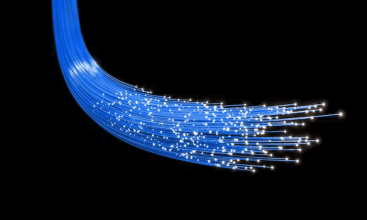Question
a.
1
b.
2
c.
3
d.
4
Posted under Basic Electrical Engineering
Interact with the Community - Share Your Thoughts
Uncertain About the Answer? Seek Clarification Here.
Understand the Explanation? Include it Here.
Q. How many nodes are taken as reference nodes in a nodal analysis?
Similar Questions
Explore Relevant Multiple Choice Questions (MCQs)
Q. In superposition theorem, when we consider the effect of one voltage source, all the other voltage sources are ____________
View solution
Q. In superposition theorem, when we consider the effect of one current source, all the other voltage sources are ____________
View solution
Q. In superposition theorem, when we consider the effect of one voltage source, all the other current sources are ____________
View solution
Q. In superposition theorem, when we consider the effect of one current source, all the other current sources are ____________
View solution
Q. Superposition theorem is valid for _________
View solution
Q. Superposition theorem does not work for ________
View solution
Q. The Thevenin voltage is the__________
View solution
Q. Thevenin resistance is found by ________
View solution
Q. Thevenin’s theorem is true for __________
View solution
Q. In Thevenin’s theorem Vth is __________
View solution
Q. Vth is found across the ____________ terminals of the network.
View solution
Q. Which of the following is also known as the dual of Thevenin’s theorem?
View solution
Q. Can we use Thevenin’s theorem on a circuit containing a BJT?
View solution
Q. The Norton current is the_______
View solution
Q. Norton resistance is found by?
View solution
Q. Norton’s theorem is true for __________
View solution
Q. In Norton’s theorem Isc is__________
View solution
Q. Isc is found across the ____________ terminals of the network.
View solution
Q. Can we use Norton’s theorem on a circuit containing a BJT?
View solution
Q. Which of the following is also known as the dual of Norton’s theorem?
View solution
Recommended Subjects
Are you eager to expand your knowledge beyond Basic Electrical Engineering? We've handpicked a range of related categories that you might find intriguing.
Click on the categories below to discover a wealth of MCQs and enrich your understanding of various subjects. Happy exploring!








